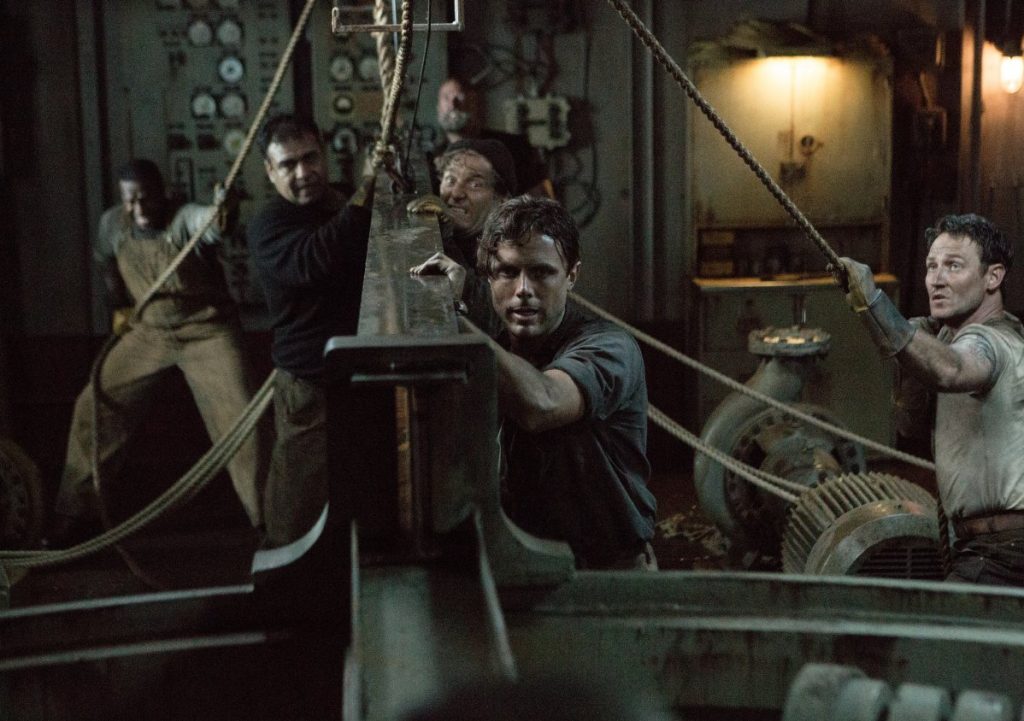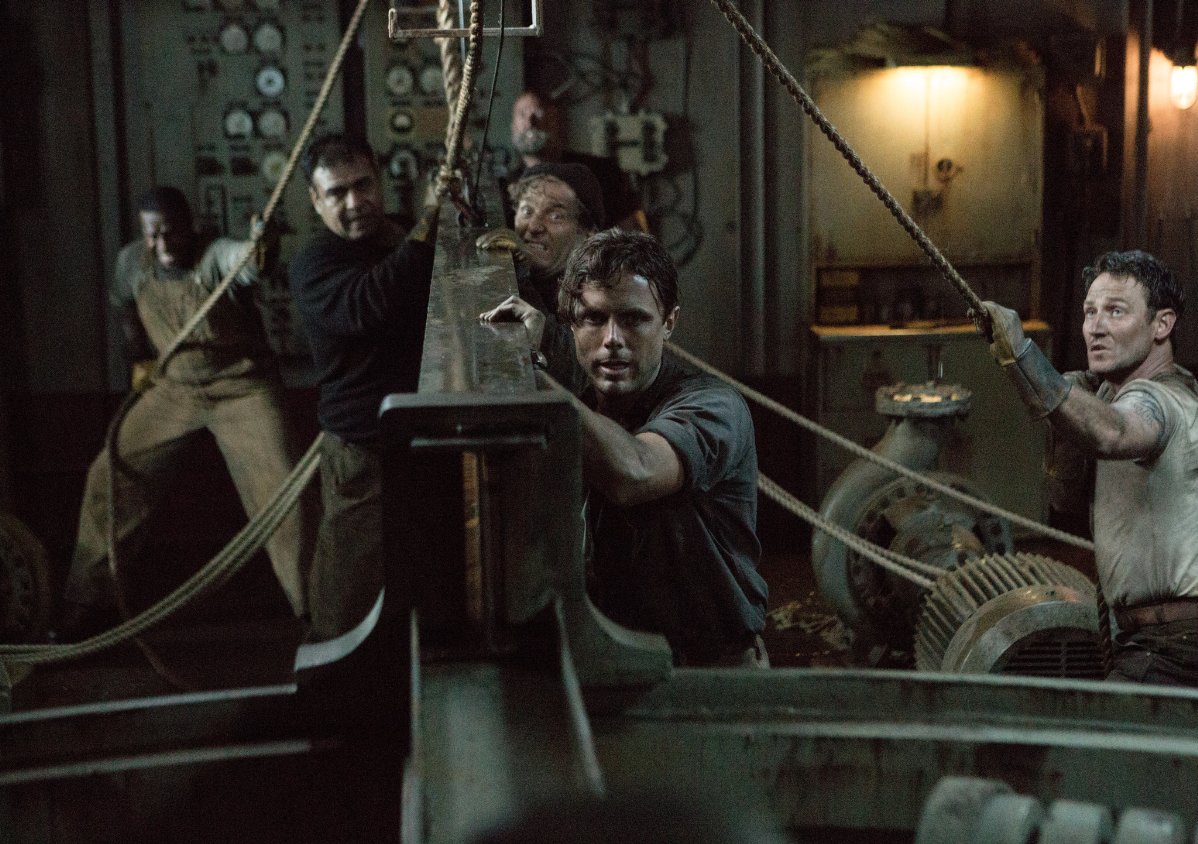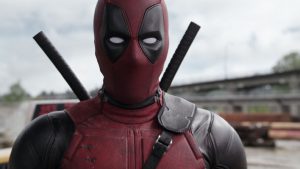Despite having a thrilling storyline and an amazing ensemble of actors to work with, Disney fails to create a truly moving cinematic experience with its newest movie The Finest Hours. As an enormous tanker is carved in half and a tiny rescue boat is viciously tossed about in seventy-foot waves, we are able to see what truly sets The Finest Hours apart: the portrayal of the harrowing, deadly storm that is realistically created with the help of superb CGI effects. Otherwise, the film is defined by awkward dialogue and insubstantial character development. Director Craig Gillespie is not quite able to completely immerse viewers in the movie; however, he achieves some success with the use of 3D effects.


IMDb
Two oil tankers have been torn in half in the devastating nor’easter that hit the New England coast in February 1952. Because the majority of the Coast Guard men have been sent to aid survivors on one of the tankers, Captain Daniel Cluff (played by an underutilized Eric Bana with an uncomfortable Southern accent) orders Bernie Webber to choose a crew and take a 36-foot rescue boat on what both the Guardsmen and the local fishermen recognize is most likely to be a suicide mission.
Chris Pine portrays Coast Guard coxswain Bernie Webber, a young Guardsman who has a strict policy on following the rules. Maybe it is Pine overemphasizing the very just and honorable Webber, but he appears stiff and uncomfortable throughout the first half of the film. However, once the storm begins, Webber seems to settle into his comfort zone as he navigates the brutal, churning sea. Webber’s character is given more depth by the addition of his last rescue mission, especially by bringing in his fellow Guardsman’s widow (Rachel Brosnahan from House of Cards).
We first meet Webber in the very beginning of the movie in a rather corny start where he meets his soon-to-be fiancee Miriam (Holliday Grainger) for the first time. Grainger, with her classic old Hollywood looks, is the perfect actress for this period piece set in the 1950s. She is also the perfect character to offset Webber’s awkwardness thanks to her feistiness. Not only does she confront Webber’s commanding officer in the Coast Guard, she is also the one to propose, something that Webber’s Coast Guard buddies do not hesitate to continually point out to Webber.
One of the strong points of the film is the parallel stories of Webber and Raymond Sybert (Casey Affleck), an engineer of one of the tankers that is ripped in half during the storm. With his abundance of knowledge about the inner workings of the tanker, Sybert is made the de-facto captain of his half of the ship despite encountering resistance from some of the men. He ingeniously designs a manual tiller to enable the ship to be run aground in the face of imminent danger and probable death. Affleck is able to turn Sybert into perhaps the movie’s most dynamic character despite a lack of dialogue. Both Webber’s and Sybert’s experiences of being thrust into a position of authority with men not exactly ready and willing to follow them create a strong parallel that helps make the story both more cohesive and more compelling.
Although the CGI effects make the ocean seem like a foreboding, dangerous death-trap, Webber and the other Guardsmen on the rescue mission never truly seem to be in any peril. Webber expertly maneuvers the small ship through huge waves, even unrealistically making the ship dive under a wave. Despite being completely drenched in cold seawater on this freezing February night, Webber and crew do not even seem to shiver, let alone consider the possibility of hypothermia, until the tail-end of the film. The action does not quite effectively immerse viewers and needed to be just a little bit grittier to depict any true danger.
Javier Aguirresarobe, director of photography, does give viewers an excellent cinematographic experience. The views of the torn tanker on the raging sea, the little rescue boat in the turbulent waves, and the snow-laden New England coast mesh perfectly with both the fear and vulnerability the characters all experience.
All in all, The Finest Hours is a faithful depiction of the extreme, miraculous measures taken that cold, wintry night in 1952. It is has an old-school feel that pairs perfectly with the unassuming heroes whose stories it tells. The Finest Hours might mildly thrill audiences with its rendering of the killer storm, but in the end will feel too harmless and predictable to truly admire.





